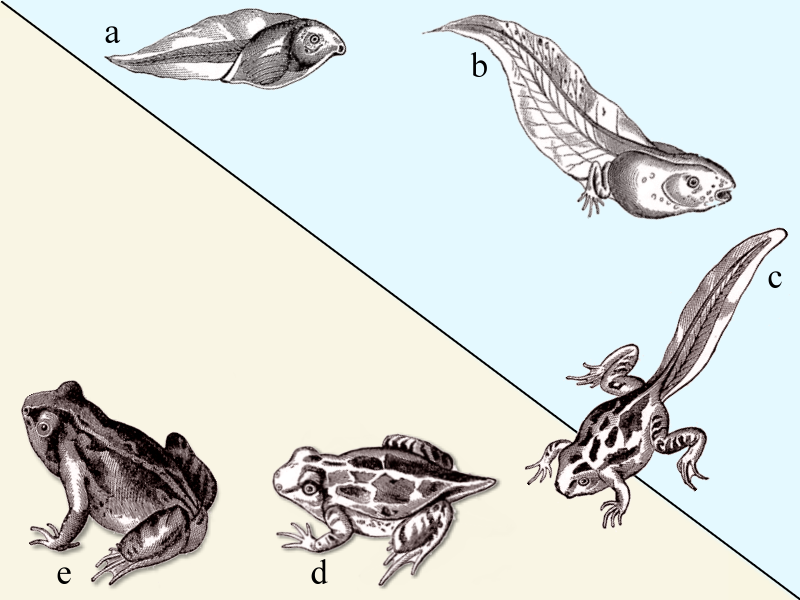Many salamanders have the special ability to regenerate a lost limb, but adult mammals cannot. The axolotl is a Mexican salamander that is an endangered species in the wild. However, it is unlike most salamanders.
Normally, amphibians, like salamanders and frogs, go through the process of metamorphosis which begins with an egg that hatches into a larvae with gills to live underwater. As they gradually reach the adult stage, salamanders and frogs begin to lose and gain certain traits that allow them to adapt from an aquatic environment to a terrestrial habitat.
Axolotls are adorable creatures that are a special species of salamanders. Instead of going to the process of metamorphosis, they go through the process of paedomorphosis in which they retain their aquatic juvenile state for the rest of their life cycle.
Most salamanders have regenerative abilities but none to the extent of the axolotl. Axolotls can regenerate almost any body part, including the brain, heart, lungs, spinal cord, skin, tail and more. This possibly has to do with their juvenile state. Mammalian embryos and juveniles have the ability to regenerate to some extent, such as the heart tissue and fingertips. However, once mammals reach the adult stage, regeneration just simply isn’t the solution anymore. Mammals being to form a scar at the location of injury.
A team of scientists led by James Godwin, Ph.D., of the Mount Desert Island Biological Laboratory in Bar Harbor, Maine, approached the mystery of molecular regeneration by studying the axolotl, a highly regenerative salamander, versus an adult mouse, a mammal that has limited regenerative ability. In this research, Godwin compared immune cells called macrophages in the axolotl to the macrophages in the mouse to identify the factor that contributed to regeneration. It turns out that the macrophages are crucial to the process of regeneration. When the macrophages were depleted in the axolotl, it formed a scar like mammals do instead of regenerating. Macrophage signalling was similar in both axolotls and mammals when exposed to pathogens such as bacteria, funguses, and viruses. However, when the axolotl was exposed to these pathogens, the signalling promoted new tissue growth while in the mouse, it promoted scarring. Continual research of macrophage signalling in axolotls might one day be able to pull us closer to human regeneration.
In the future, when we need to surgically remove parts of our organs, axolotl regeneration might come in quite handy to regrow our important organs!
This research article relates back to AP Biology because macrophages work together with the its lysosomes to break down foreign pathogens. These macrophages will engulf these invading pathogens into intracellular membrane vesicles through the process of phagocytosis. Once entrapped in the vesicles, the pathogens will be killed with acid.




Leave a Reply